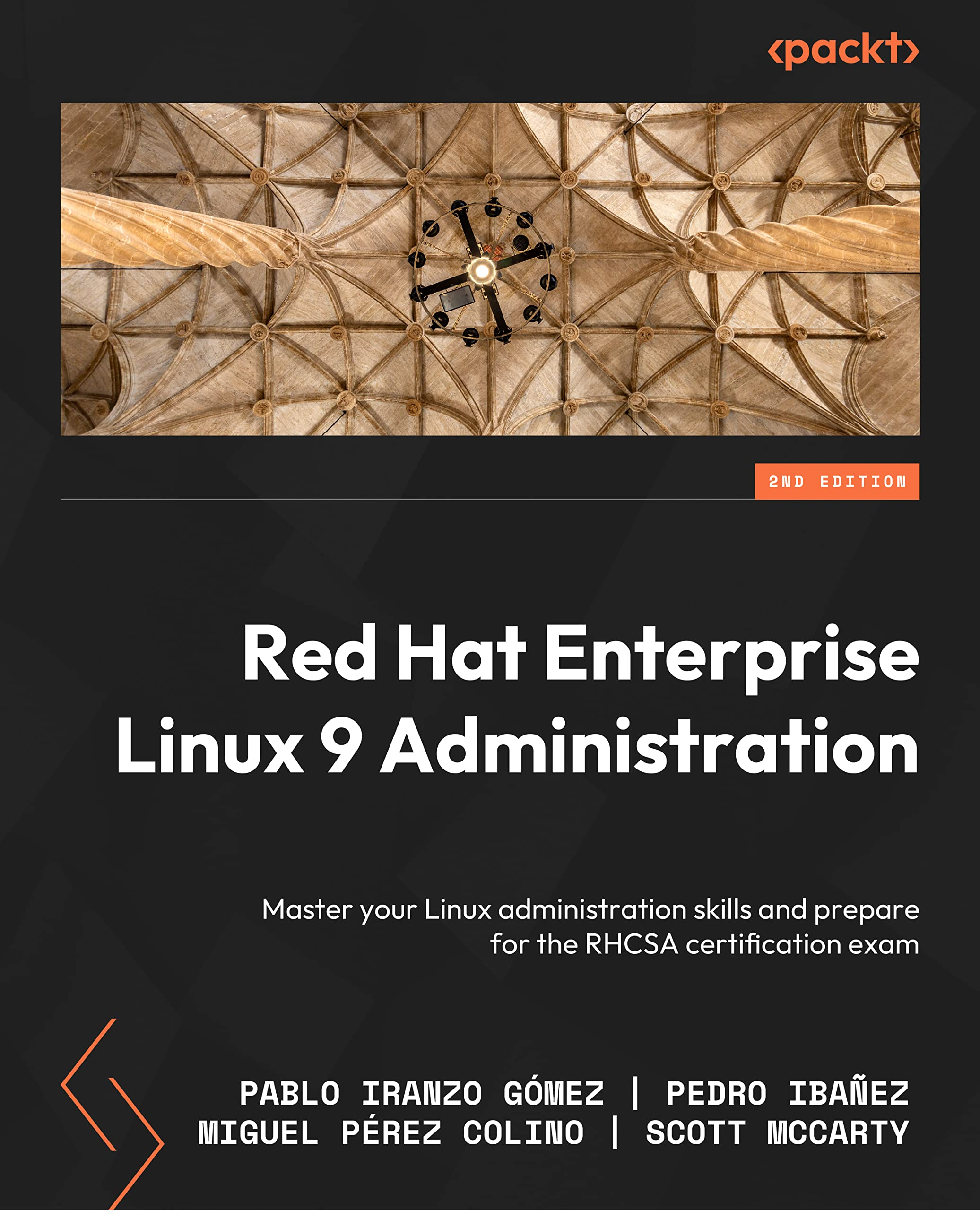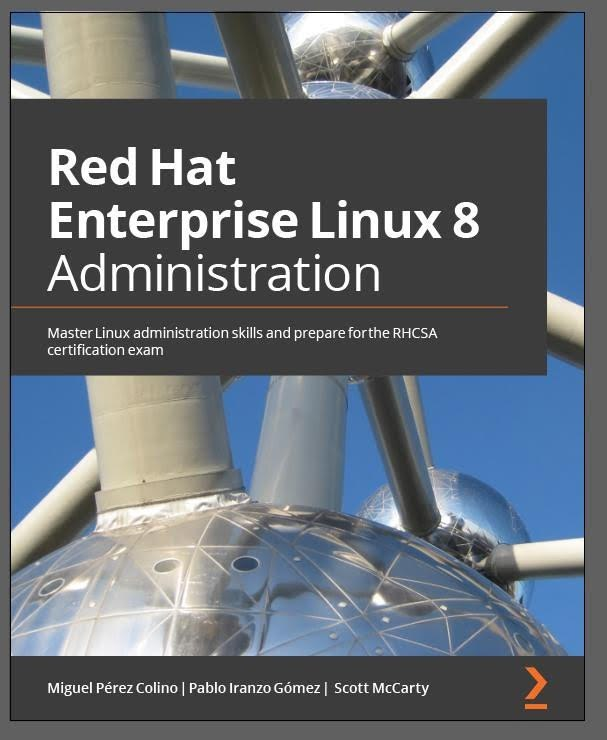I did the RHCE exam some time ago, and still there are some tricks and advices I tell the people to bear in mind some of the things I used and that were also provided in the Red Hat Enterprise 8 Administration book:
Don’t remember every step, it’s not effective, for example as I don’t recall syntax for BIND, I do remember package that has some files with examples and I use that one to check what I need to do Install mlocate and run updatedb as soon as you start, then you can use locate <file> to find out files in your system Use your preferred editor… it’s common to use vi or vim as it’s pretty standard, but if you’re used to another, make yourself comfortable in the system. As one instructor like to say: “Anyone with unlimited amount of time will be able to pass the exam”. RHCE is a performance-based exam, that means that you need to cover all the required goals within the exam duration, and in the end, the goals is to accomplish, not to do in the smarter way. For example, if you’re told to configure resolv.conf you can either use nmcli to modify the settings or you can pipe the results to it via echo nameserver 1.1.1.1 > /etc/resolv.conf, in the end, both will have the same effect, and of course, using nmcli will be smarter when you’re keeping multiple systems and using automation… but for the exam, the goal is to focus on the fastest path to master at it. You can find more tricks at Red Hat Enterprise 8 Administration Enjoy! (and if you do, you can Buy Me a Coffee ) ...

